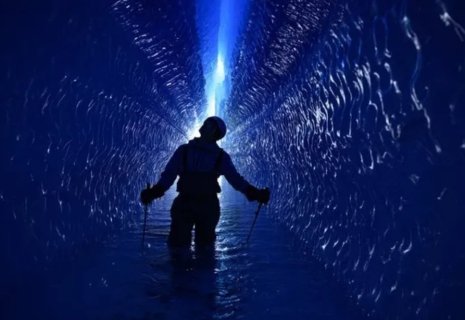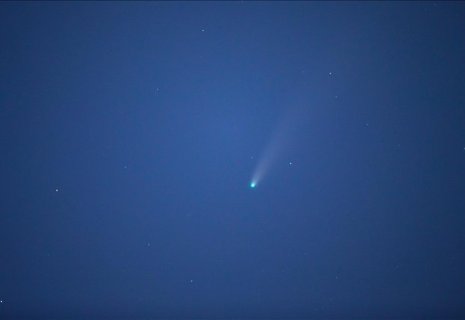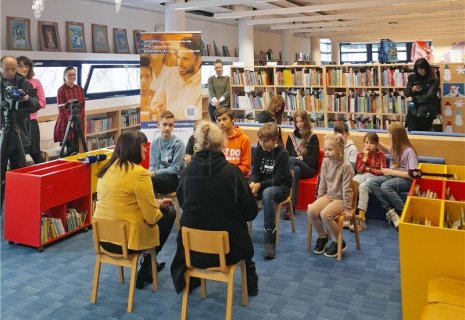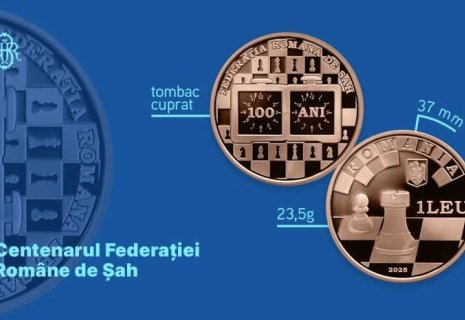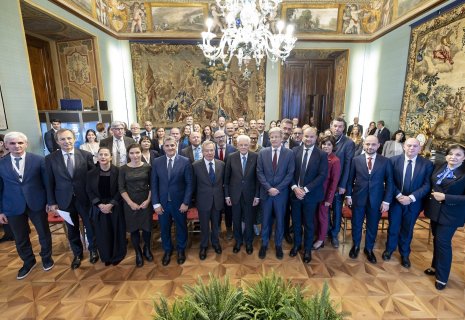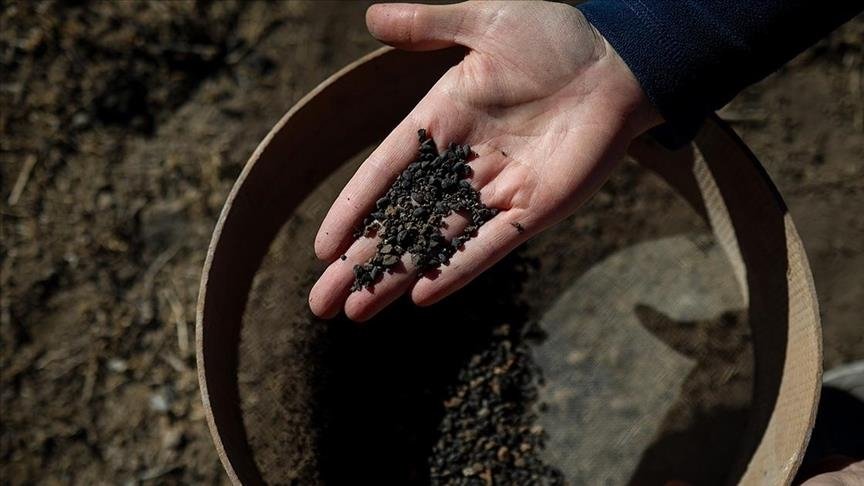
Archaeologists discover ancient agricultural center in Türkiye
Archaeologists have uncovered carbonized barley grains dating back 5,000 years to the Early Bronze Age at the Iremir Mound in Van, eastern Türkiye.
“Findings show that this is an important agricultural center,” Hanifi Biber, an archaeologist at Yuzuncu Yil University and head of the excavation team, told Anadolu.
The discovery includes a kitchen section with an oven, pottery, lower and upper grinding stones, small cattle bones, and barley grains found in and around a broken jar, CE Report quotes Anadolu Agency.
Biber said the mound, where researchers have identified eight layers from different periods, represents the oldest known settlement in the region. He added that the main layers belong to the Karaz culture -- also known as Early Transcaucasia -- which spread across Eastern Anatolia and the South Caucasus during the Early Bronze Age.
“During the environmental cleaning of the warehouse space we opened in 2023, we found a kiln and pots adjacent to the north wall of the space. This is very important for us as it has been preserved in situ (in the original place of use),” Biber said.
Researchers also discovered pottery fragments in the same area, possibly dating to the Late Chalcolithic Period.
According to Biber, the remains of a building, possibly a warehouse, were found close to the mound. Next to the warehouse, archeologists found upper and lower grinding stones, cutting and piercing tools made of obsidian (glass rock) and bone tools.
“The results we obtained are very important as they provide information that will shed light on the history of the bottom of Lake Van in general and the Gurpinar Plain in particular,” he said.
Hakan Yilmaz, another archaeologist at the university, said the bones unearthed in the excavation offer key insights into pre-Urartian agriculture and animal husbandry.
He said researchers found evidence of extensive small cattle breeding, along with traces of larger livestock, wild goat, red deer, and bear remains.
“We evaluate the pottery, grinding stones, and barley in each layer. By descending the layers, we will determine how this density is. Excavations are generally carried out in Urartian castles and necropolises (cemeteries) in the region, but the earliest settlement excavation in this geography is carried out here,” Yilmaz said.

